Can the plaster be varnished? What kind of mortar should be used in the decorative finish of plastered walls inside and outside the house? How to do it right? Those who do not understand the issues of construction and repair may not even know that this is possible.
We usually perceive varnishing when it comes to processing wood (floors, walls, furniture, interior items). For metal work, varnish is also often used. And also for decorative brick and stone. But few know about the fact that varnish can also be used for coating plaster.
to contents ↑Why varnish plastered surfaces
The varnish is applied to the plaster for this:
- Strengthens base materials.
- Protects from the influence of external environments: moisture penetration, mechanical damage, exposure to chemicals.
- It has antiseptic properties: protects the surface from the formation of fungal mold.
- Long-term preservation of the original appearance of the decorative finish.
- Preservation of color saturation of painted walls.
- Ensuring indelibility of the surface, which in turn allows reusable wet cleaning of the walls.
- Emphasizes, enhances, complements the decorative properties of interior decoration.
to contents ↑Lacquer, as a finishing protective coating, usually reveals decorative plaster painted in solution.
Which solution to use
Depending on what kind of aesthetic qualities the interior decoration should acquire, the appropriate varnish means are selected. For indoor use, it is advisable to choose the safest solutions in composition, which include water-soluble varnishes. But for outdoor work, you can choose a varnish based on organic solvents, which is more inert to atmospheric influence.
The varnish is classified not only by the type of solvent base, but also by the degree of haze, by the basic composition, by purpose, special properties (including exclusively decorative ones), by drying time and so on.
In fact, almost any modern paint composition can be chosen for plastering. But so that the throughput of the base materials (breathability, but moisture resistance, above all) does not decrease, it is better to use a varnish designed for plastering.
For decorative plaster you can use:
- Water-based acrylic varnish is the most suitable product for indoor use, since it has no smell, non-toxic, environmentally friendly. In addition, acrylic mixtures interact well with base materials and easily paint even textured surfaces. They are used more to give the finish extra gloss. Allow tinting of the solution, both pigmented and specific.
Milk-colored liquid after drying forms a strong, flexible transparent protective film that does not overlap the main color. Other positive properties:
- good adhesion;
- resistance to UV, moisture, household chemicals;
- without the addition of organic solvents;
- if necessary diluted with water;
- drying of the layer for 3 hours under normal conditions;
- Suitable for various base materials.
- Aqueous varnish solution with a different base, for example, polyurethane.Although this varnish is usually coated on wooden surfaces made of mineral materials. Polyurethane compounds have high strength, moisture resistance, good physical and mechanical properties. The solvent in the form of water provides environmental friendliness, that is, free use inside residential premises. It is better to learn more about the possibility of using polyurethane varnishing for plaster either from the manufacturer or from experts in the field of repair.
- Group of facade materials. An important difference is the maximum protection of facade surfaces from aggressive environmental influences. From moisture (rain, snow, fog) and temperature changes. From wind and ultraviolet rays. From mechanical and chemical effects.
According to aesthetic properties, it can be:
- glossy varnish with water and dirt-repellent properties - good for textured surfaces;
- matte varnish maintains the naturalness of the finish - good for embossed surfaces;
- craquelure - creates an effect antique paint, a feature of the finish is the creation of decorative cracks on the plastered surface;
- mother-of-pearl varnish is used as a topcoat with a unique iridescent effect;
- gold, silver, steel - in general, any solution with pigments - is used for patination, color enhancement or basic coloring of plaster;
- AK with a holographic effect.
Application technology
Work with varnish is one of the final stages of finishing. It will take a lot of time from the start of the repair before you can proceed to the finish coating of the walls. We will not talk about direct plastering with a decorative mixture or for painting.
This work will take several days, because the surfaces need to be primed, apply a solution of plaster, then paint (if necessary). And at each stage, its drying time is assumed. And coloring walls usually requires a minimum of two-layer processing.
We turn to staining with varnish.
- To ensure better adhesion of the finishing protective layer with the base materials, it is recommended that the plastered walls be primed. For this purpose, primer compositions similar in type to the final solution (for example, aqueous acrylic) are used. Primed recommended at least two or three layers. In addition, primers are used:
- to strengthen the structure of base materials (deep penetrating impregnation);
- as an antiseptic to prevent mold;
- to increase the water-repellent and other protective properties of the finish;
- to reduce the consumption of varnish solution.
- Now we turn to working with varnish. Basically, solutions are sold in ready-to-use form. Too thick mixtures can be slightly diluted with water (but not more than 10% of the total mass). The mixture must be thoroughly mixed before use until a homogeneous consistency. If tinting is supposed, the pigment is added according to the instructions. If the products are two-component, we follow the same instructions when mixing.
- You can varnish surfaces in various ways, it all depends on what the final result should be. In conventional staining, it is more convenient to use the spray method. The layer will lie more evenly, and the consumption of expensive materials can be reduced. Processing should be done several times at intervals for drying periods. To obtain a decorative effect, other painting tools are used: brushes, rollers, sponge. There are more unusual ways of applying the varnish mixture to the surface, which are resorted to by professional craftsmen.
Compliance with the rules of varnishing of plastered walls will allow you to perform quality work even without the involvement of qualified builders. Subsequently, finishing a long period will not require restoration or major replacement.But even in the case of minor troubles, it is easy to solve this problem - the old protective layer is removed with a special tool, after which a new one is applied.

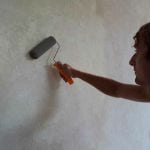
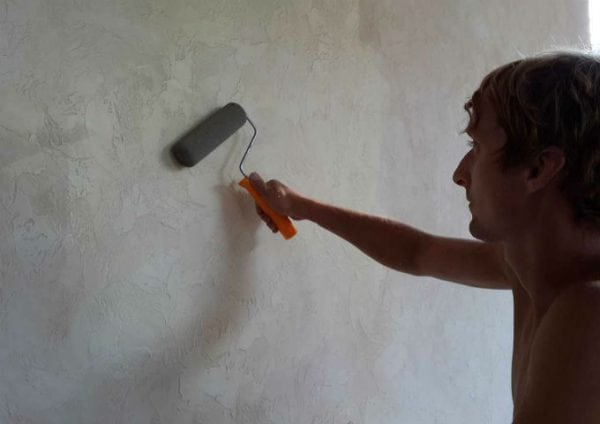
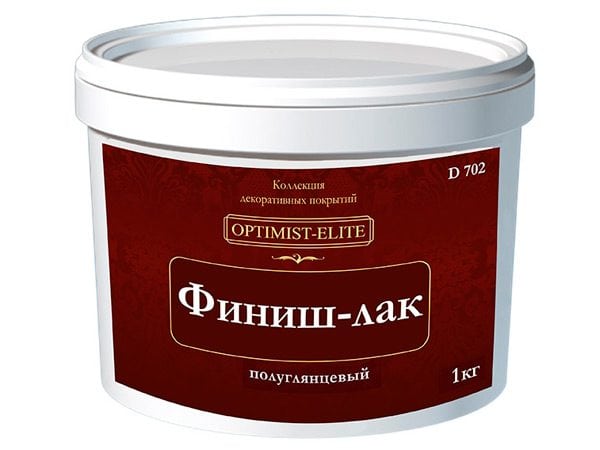
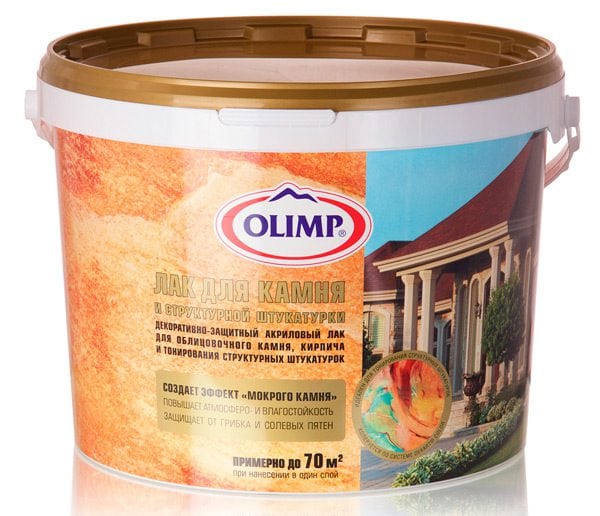
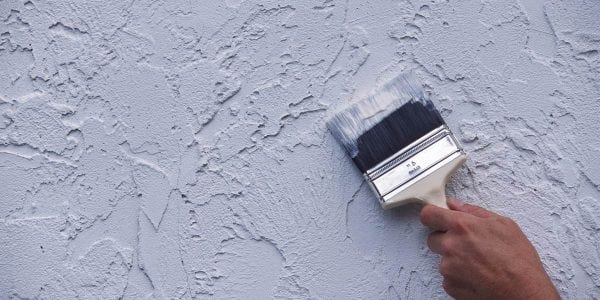




I want to find such varnishes of paint that would be applied to the walls (concrete, plaster, gesso, wood) and create a mirror effect: how on machines to see your reflection in the wall. Is it possible and how? What varnish, paint, enamel is needed for this. I will polish the varnish to get even stronger effect of the mirror surface. Help?
There are such ways! Put your hands, flood the room, tumble a bunch of dough and everything until the first scratch. Carbon film pley if lit so
I bought a varnish matte VGT but it goes for wood, can it cover the wall with lined decorative plaster?
For decorative plasters (Varnish BS-35 Bayramix)
Hello, what is it possible to cover the bark beetle plaster indoors, as if to seal up these roughnesses for processing, as if with varnish on top, to preserve the structure and how to level the surface, so that like mica would be on top